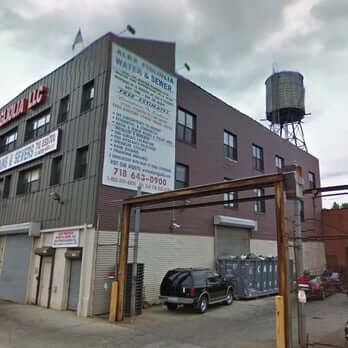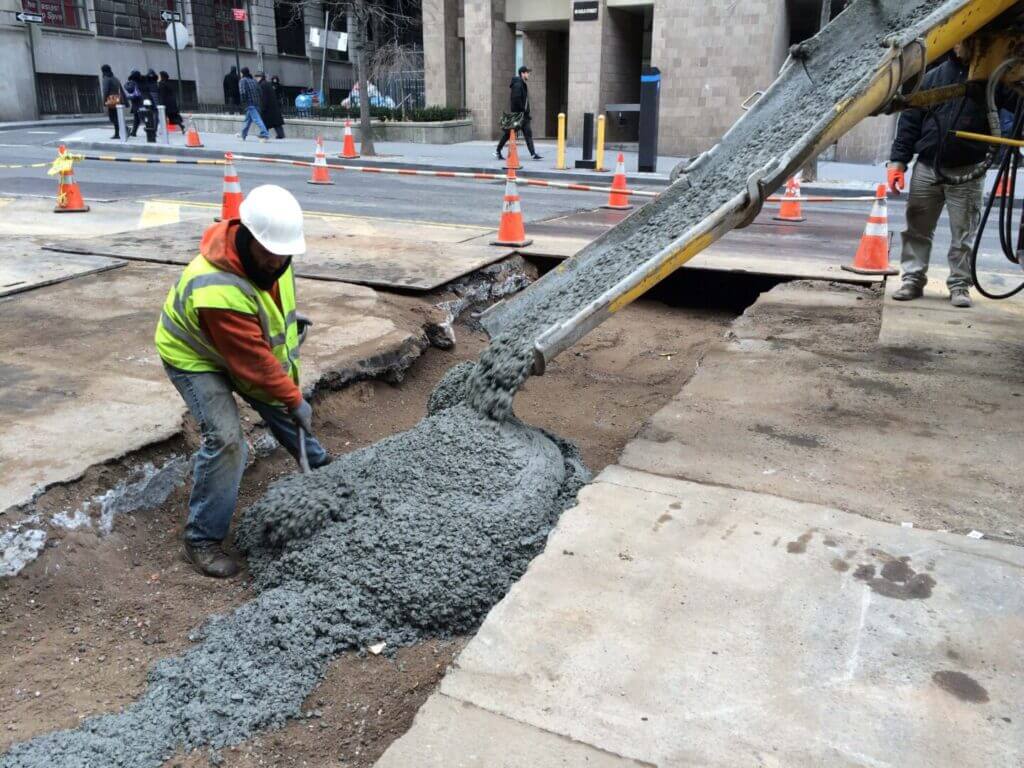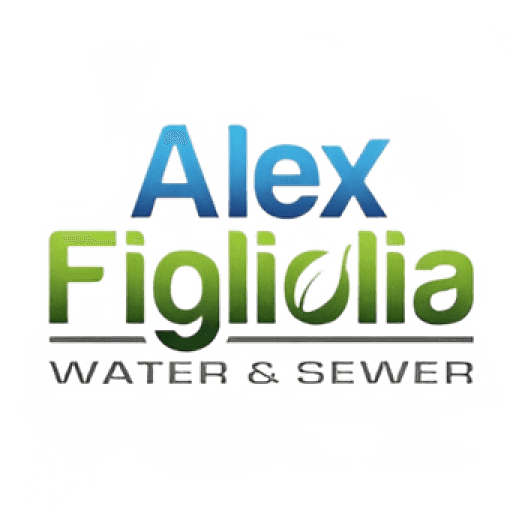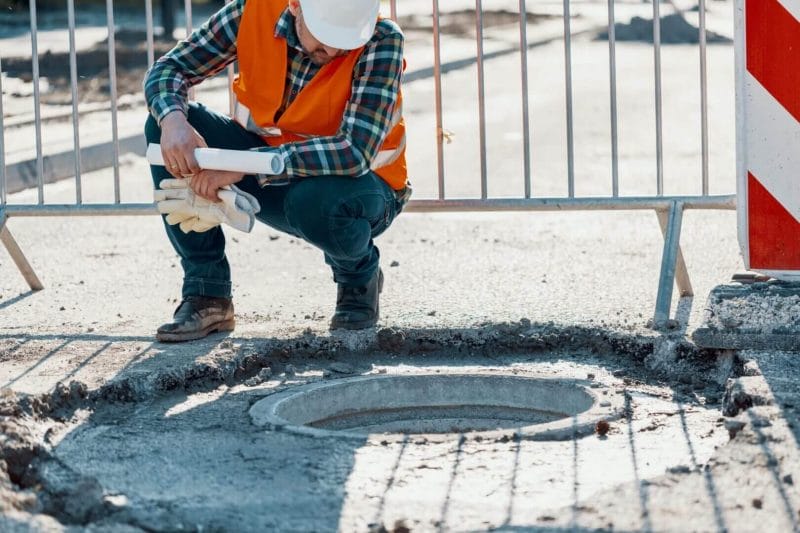Sewage backups can quickly go from a homeowner’s minor inconvenience to a nightmarish emergency. It’s a scenario few are prepared for, but when it strikes, knowing how to swiftly address the issue is crucial. In this comprehensive guide, we unpack the meticulous process of emergency sewer repair. We double down on responsive solutions and proactive steps to ensure that your home or property stays a safe, hygienic haven for you and your loved ones.



The Urgency of Sewer Backups
Sewer line clogs and backups are not just cross your fingers and hope they go away events. When the comfort of having a working plumbing system takes a sudden nosedive, prompt action is paramount. Besides the unmistakable stench and the visible dilemma of dirty water gushing where it shouldn’t, sewer backups are laden with health hazards and structural damage risks.
The first step for homeowners and property managers alike is awareness. Understanding the common causes of sewer backups, such as tree root infiltration, sediment buildup, or structural defects, can be the difference between immediate response and costlier long-term damage.
The Causes of a Crisis: Understanding Sewer Backup Triggers
- Natural Infiltration: Tree roots seek water and nutrients, often penetrating sewer lines in their fervor. This can cause significant damage and blockages.
- Aging Infrastructure: Over time, pipes deteriorate—cracks form, material breaks down, and the overall system weakens.
- Environmental Factors: Extreme weather or seismic events can shift the ground, leading to a collapse or breakage in sewer lines.
- Human Error: From flushing non-degradable materials to amateur attempts at fixing clogs, human actions can inadvertently lead to backups.
Rapid Response: When to Call for Help
In the event of a sewer line backup, there is no time to procrastinate. Identifying the gravity of the situation and making the decision to call for professional help is the next most crucial step. Delaying action can lead to a more substantial mess and even more substantial repair bill.
During a sewer emergency, the first port of call should be a qualified and certified plumbing company specializing in sewer repair. Not only are they equipped with the necessary tools and expertise to manage the situation, but they can also advise on immediate preventative measures to contain the problem until they arrive.
The Visual Queue: How to Recognize a Serious Problem
- Multiple Drains Affected: If more than one drain is slow-moving or completely stopped, it’s a sign that the issue is likely in the main line.
- Gurgling or Bubbling Sounds: This is the sound of air trapped in the system, often indicating a blockage is present.
- Bad Odors: Noxious sewer odors entering your home are a clear indicator of a backup.
- Visible Water: Whether in bathtubs, showers, or low-lying floor drains, any sewage-graced water should be treated as a major health and safety concern.
On-Site Intervention: What to Expect from Emergency Sewer Repair
Once on-site, the emergency sewer repair team will move with surgical precision. Their immediate goal is to diagnose the issue accurately and eliminate the blockage. This process involves a variety of diagnostic tools and repair methods, each tailored to the unique situation at hand.
From Diagnosis to Remedy: The Emergency Repair Process
- Video Inspection: Cutting-edge cameras navigate the labyrinth of your service line, relaying images to the technician above ground. This allows for exact location and assessment of the problem.
- Hydro-Jetting: High-pressure water jetting is used to clear away any obstruction, from tree roots to grease and sludge. It’s like a powerful shower that your pipes will thank you for.
- Trenchless Repair: In cases of structural damage or extensive root intrusion, trenchless technologies can be employed to make repairs without intrusive excavation, saving time and preserving your landscape.
- Chemical Treatments: Post-repair, chemical solutions might be employed to break down remaining blockages and restore the line to its optimal flow.
Preventing a Repeat: Implementing Ongoing Maintenance
A successful emergency repair operation is just the beginning. To safeguard against future incidents, a robust preventative maintenance routine should be established. This proactive approach serves as insurance against the unwelcome return of sewer line issues.
The Maintenance Regimen: A Seamless Approach to Protection
- Regular Inspections: Annually scheduling professional checks can catch potential issues before they escalate into full-blown emergencies.
- Rooter Services: A service that involves snaking a rotating blade down the line can sever and remove invasive tree roots, guarding against future intrusions.
- Mindful Flushing: Being mindful of what goes down your drains is as important as what goes into your body. The only items that should be flushed are toilet paper and human waste—everything else can lead to trouble.
- Educating Tenants: If you’re a landlord, educating your tenants about the proper use and maintenance of the plumbing system can be a collective effort in preventing backups.




